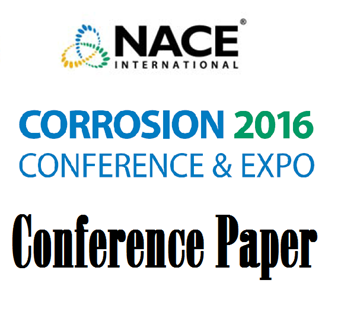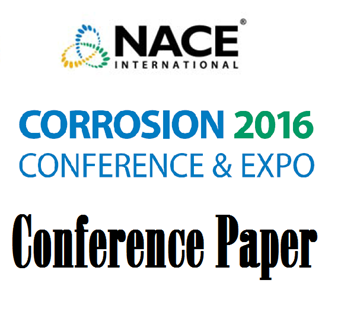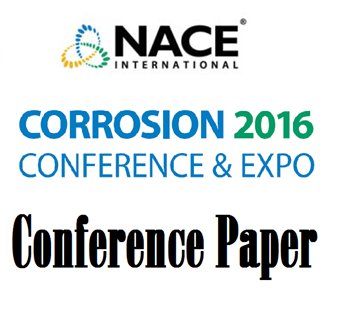Search
51316-7121-Corrosion Induced Bridge Tendon Failures Resulting from Deficient Grout: Part I – Model Development
Also Purchased
51316-7128-Concept of Using Physics-Based Models for Real Time Corrosion Monitoring
Product Number:
51316-7128-SG
ISBN:
7128 2016 CP
Publication Date:
2016
$20.00
51316-7115-Risk Assessment And Downhole Chemical Treatment Program For Production Wells Within The Wafra Field
Product Number:
51316-7115-SG
ISBN:
7115 2016 CP
Publication Date:
2016
$20.00
51316-7107-Considerations on The Selection of Protective and Concrete Weight Coatings for Offshore Pipelines
Product Number:
51316-7107-SG
ISBN:
7107 2016 CP
Publication Date:
2016
$20.00




